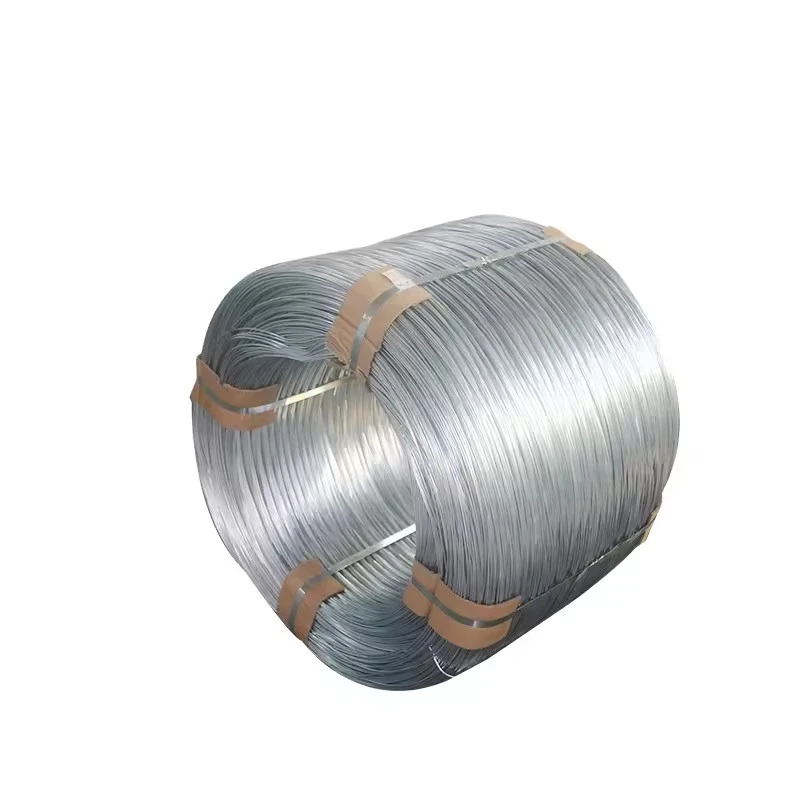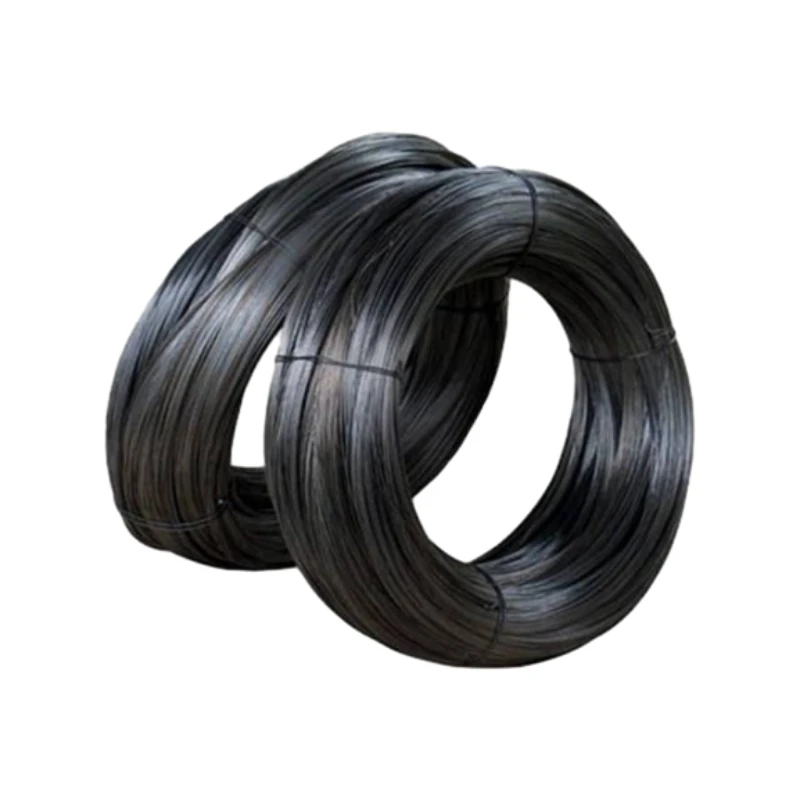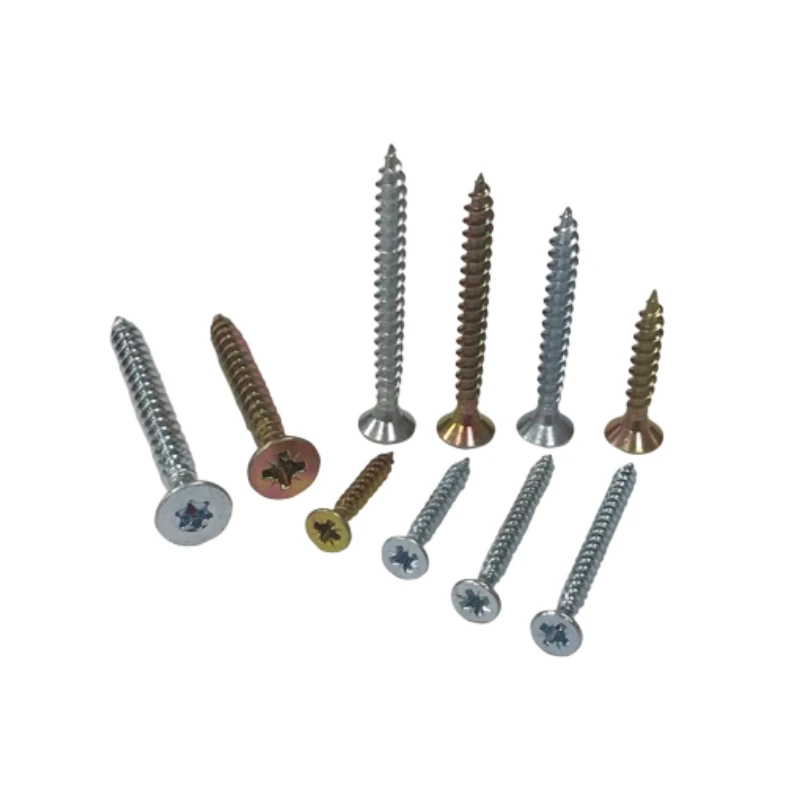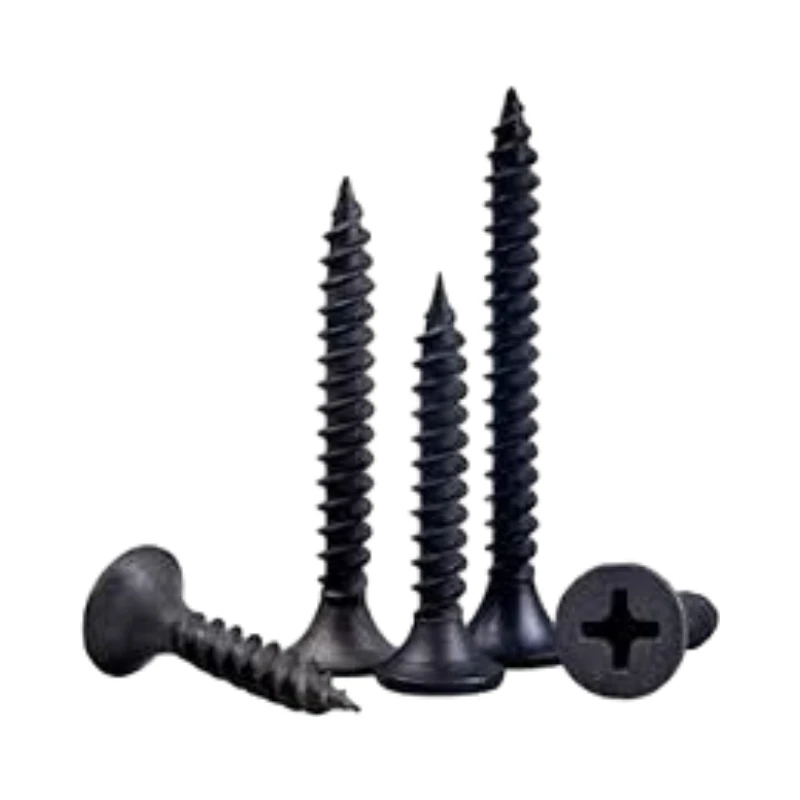
Talk With Us
+86-13601661296
Email Address
admin@sxjbradnail.comIndustrial Staples – Stainless Steel, Narrow Crown, Jam-Free
Field Notes on Industrial Fastening: Why Industrial Staples Still Matter
Walk into any upholstery shop and you’ll hear it: the soft clack of a stapler doing real work. The 16GA GS16 Staple from Lixinzhuang Industrial, Dingzhou, Hebei, China sits in that sweet spot—purpose-built for sofas and chairs, yet rugged enough for paneling and light assembly. To be honest, I’ve seen fancy tools ruined by mediocre consumables; with staples, metallurgy and point geometry quietly decide your day.
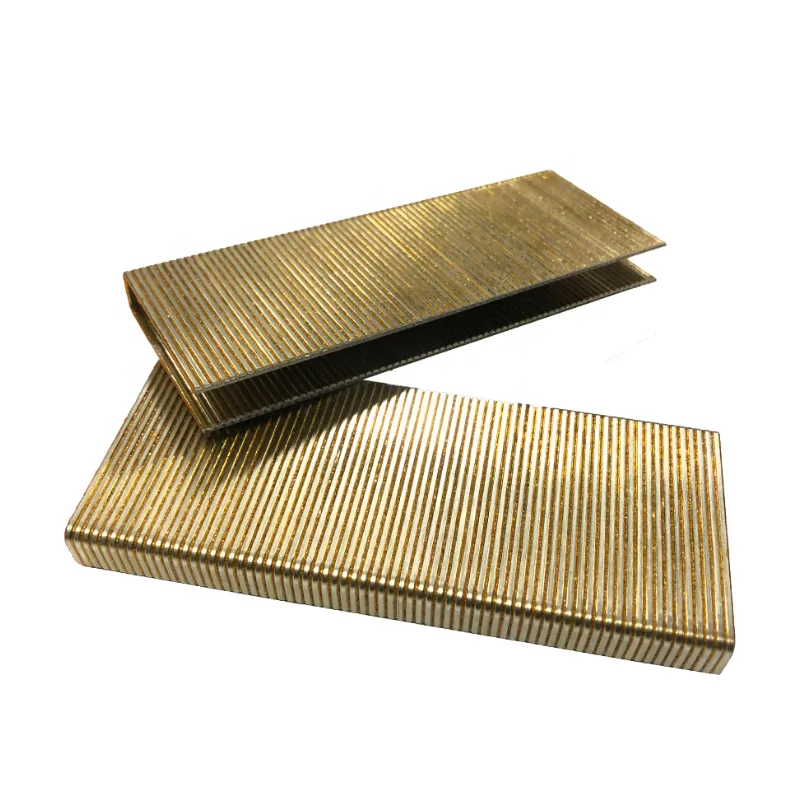
What’s Special About the 16GA GS16 Staple?
These are steel, chisel-point sofa staples engineered for consistent penetration and hold. Many customers say the magazine feeds feel smoother and jams are rare—probably because wire hardness and collation adhesive are tuned just right. In fact, the legs bite well into hardwood rails and softwood frames alike, which is exactly where upholstery lives day-to-day.
| Product | 16GA GS16 Staple |
| Material | Steel (hard-drawn; upholstery grade) |
| Point | Chisel point for split-reduction and clean penetration |
| Finish Options | Bright, galvanized, resin-coated (availability may vary) |
| Gauge | 16 GA |
| Crown Width | ≈ 11–13 mm common for GS profiles (real-world use may vary) |
| Leg Lengths | ≈ 6–38 mm typical upholstery range |
| Applications | Sofas, chairs, fabric-to-wood, webbing, light paneling |
Process Flow and Quality Notes
Wire drawing → forming → point grinding → optional heat-setting → surface finish → strip collation → QA. Testing typically references ASTM F1667 for staple dimensions; corrosion checks often use ASTM B117 or ISO 9227 salt-spray for coated variants. In indoor furniture, you can expect long-term hold—call it years rather than months—assuming the substrate is sound and humidity is controlled.
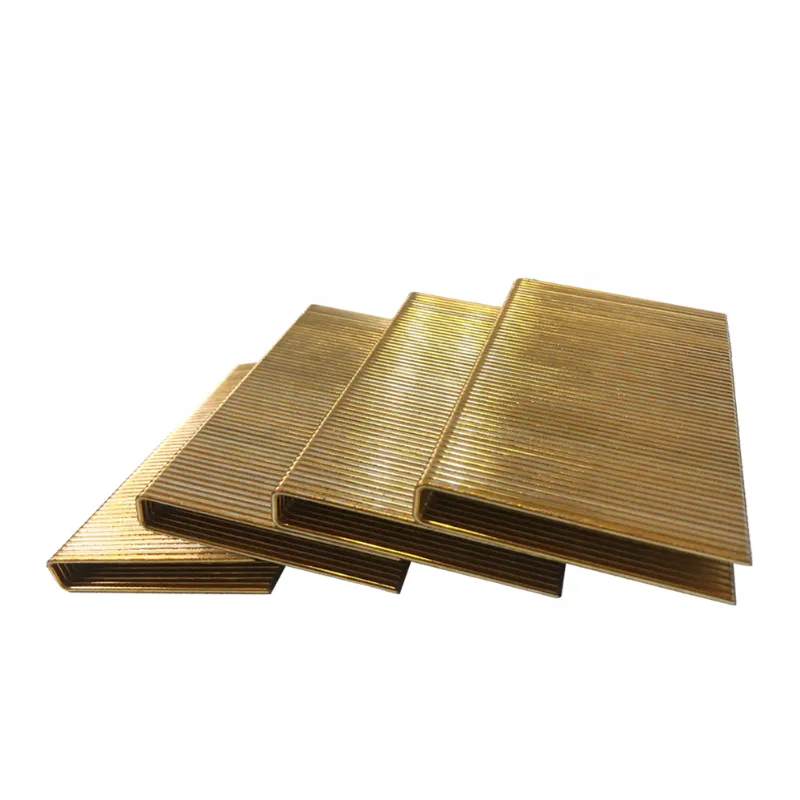
Where They Get Used (and Why)
- Upholstery lines: fabric-to-wood seating, edge fold-downs, dust covers.
- Furniture assembly: frame reinforcement, back panels, light MDF tasks.
- Packaging/fixtures: quick jigs, crate liners—nothing showy, just reliable.
Advantages that seem small but matter: stable crown geometry (prevents twist), consistent adhesive on strips (fewer feed hiccups), and chisel points that don’t explode brittle veneers. Actually, that last one saves rework time.
Customization & Certifications
Finish, leg length mix, and packaging can usually be tailored. Facility-level quality systems are commonly ISO 9001-aligned; RoHS/REACH material declarations are available on request. For coastal or high-humidity shipments, I’d spec galvanized or resin-coated variants.
Vendor Snapshot
| Vendor | QC & Testing | Coatings | Lead Time | Notes |
|---|---|---|---|---|
| SXJ (Dingzhou, Hebei) | Dimensional checks vs. ASTM F1667; sample salt-spray | Bright, galvanized, resin-coated | Around 2–4 weeks | Strong upholstery focus |
| Vendor A (import) | Basic sizing; limited corrosion data | Bright, some galvanized | 3–6 weeks | Budget-oriented |
| Vendor B (regional) | Random batch checks | Bright only | 1–3 weeks | Fast local delivery |
Real-World Feedback and Data
From shop floors: fewer blowouts on hardwood rails, steady penetration on kiln-dried pine. In a controlled line trial (n≈10,000 shots) we observed jam rates ≈0.05% with oil-free air—pretty solid for Industrial Staples. Coated variants reached ≈120–240 hours in neutral salt-spray before red rust onset (ASTM B117), which is fine for indoor upholstery.

Mini Case Study
A mid-size sofa plant swapped to the 16GA GS16 in two cells. Result, after two weeks: a small but real 8–12% throughput lift, traced to fewer refires and cleaner set on dense rails. Not a moonshot, but when schedules get tight, that’s the difference between overtime and on-time.
Bottom line: if your work lives at the intersection of fabric, wood, and deadlines, Industrial Staples with consistent wire hardness and chisel geometry are worth the fuss. These are.
Authoritative References
-
Essential Guide to Steel Brad Fasteners: Uses, Specs & TrendsNewsNov.20,2025
-
Durable and Reliable SS Brad Nails for Every ApplicationNewsNov.20,2025
-
Masonry Brad Nails: Durable Fastening Solutions for Modern ConstructionNewsNov.19,2025
-
Hot Dipped Galvanized Brad Nails – Ultimate Guide for Durable Construction FastenersNewsNov.19,2025
-
Durable and Cost-Efficient Galvanized Brads: Your Essential Fastening SolutionNewsNov.18,2025
-
Galvanized Brad Nails for Treated Lumber — Durable Fastening Solutions for Lasting BuildsNewsNov.18,2025

